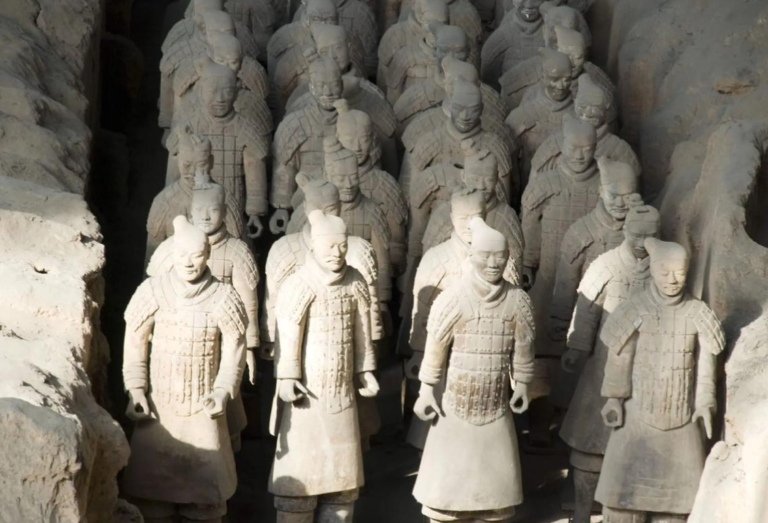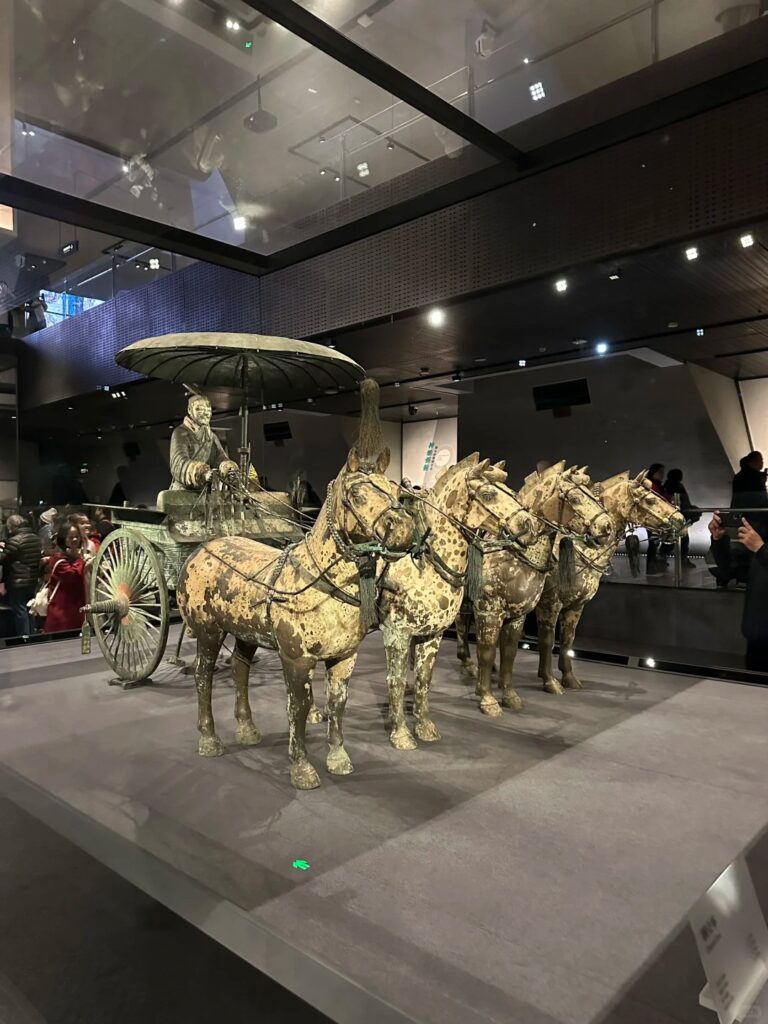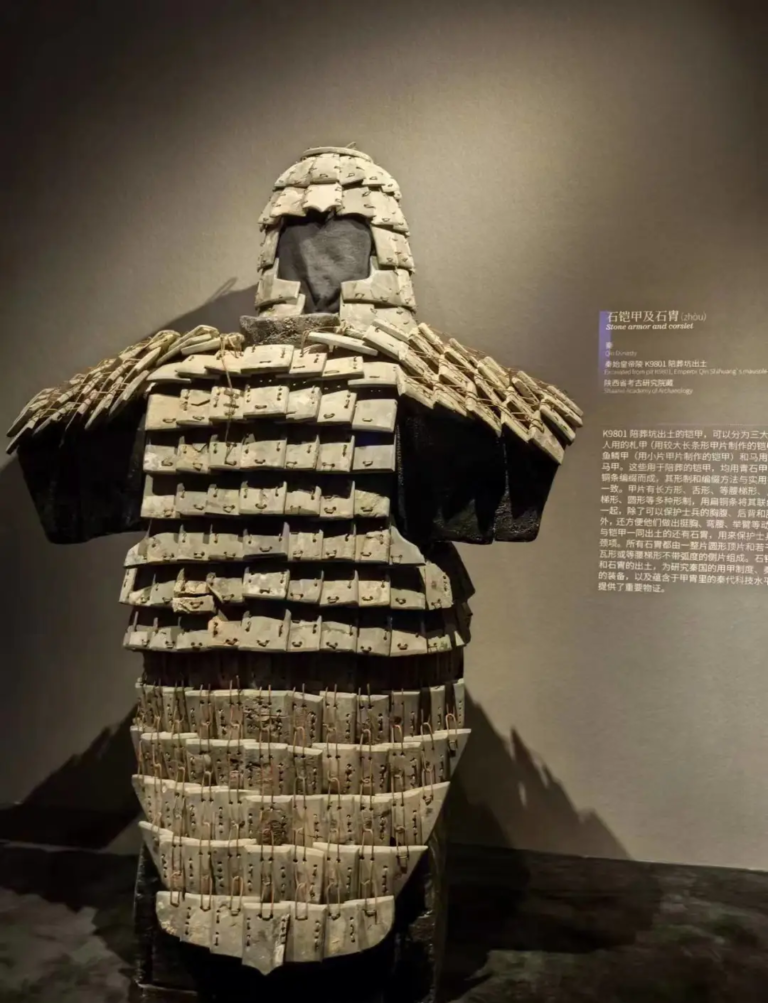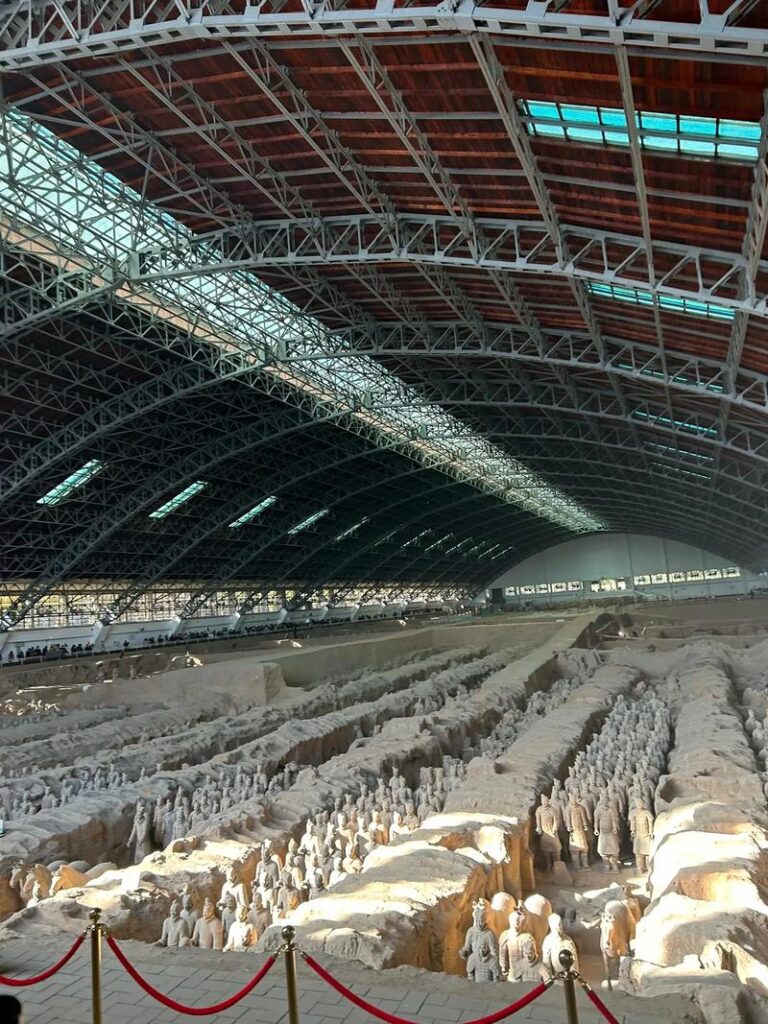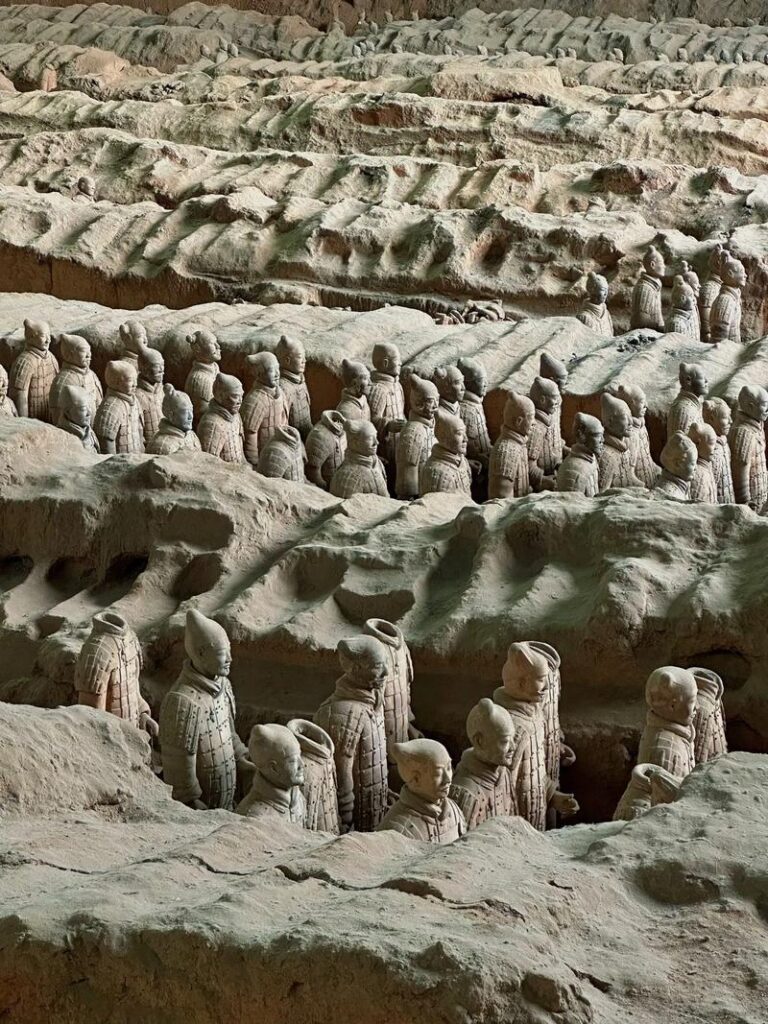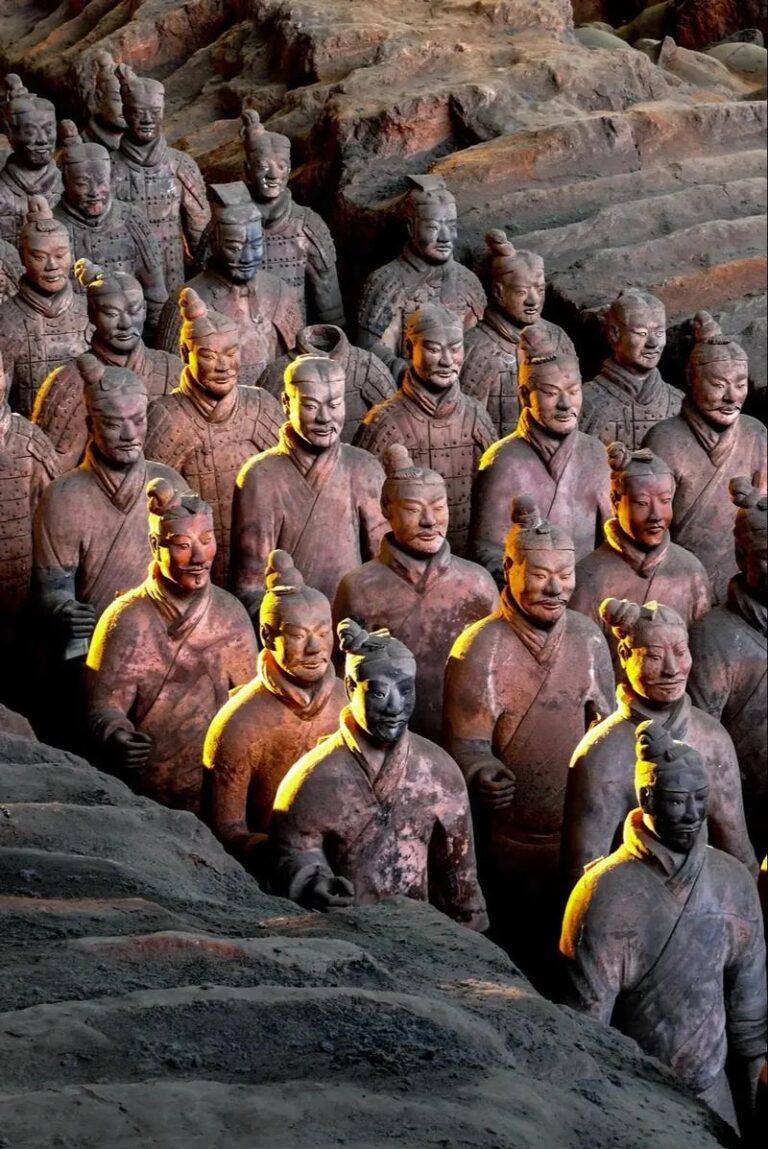Who are the US presidents who have visited the Terra Cotta Warriors?
the Terracotta Army and the President of the United States: A Cultural Dialogue Across Time and Space
Since its reappearance in 1974, the Terracotta Army and Horses have not only become a symbol of ancient Chinese civilization, but have also attracted the attention of dignitaries and culture enthusiasts from around the world. Among them, the stories of the visits of several U.S. presidents are particularly noteworthy. These visits not only epitomize the cultural exchanges between China and the United States, but also show the charm of historical heritage across national boundaries through humor, amazement and reflection.
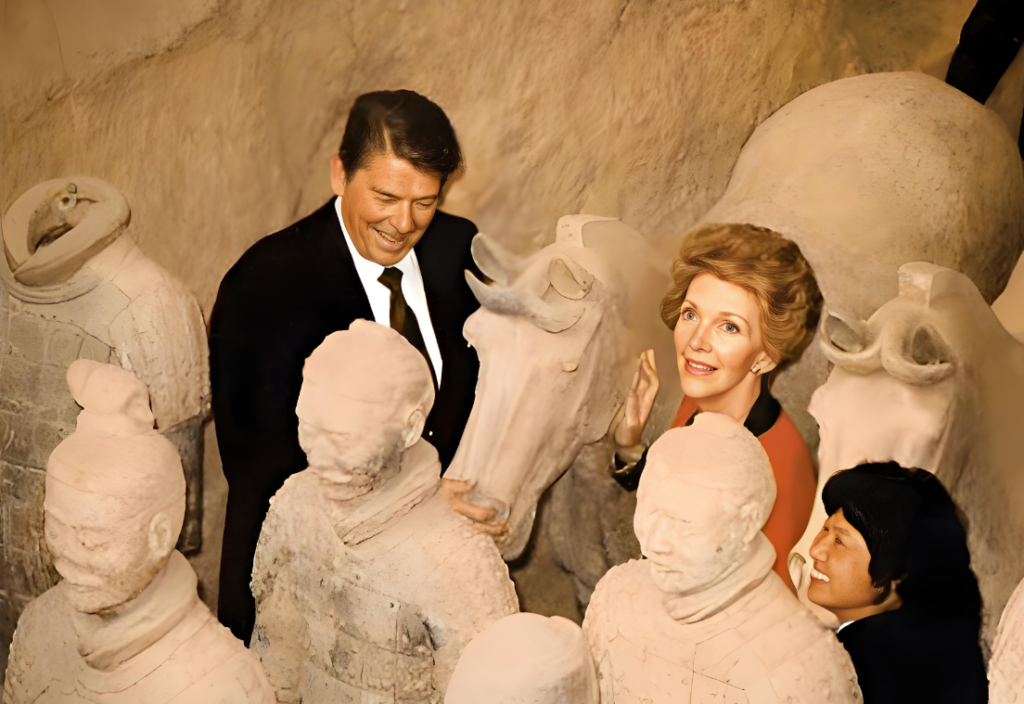
Jimmy Carter: “Detail Control” across 33 years
Carter was the first U.S. president to visit the Terracotta Warriors during his term of office. During his first visit in 1981, he was shocked by the magnificent military formations of the Terracotta Warriors, and was particularly impressed by the facial expressions and armor details of the terracotta warriors. 2014, Carter, who is already 90 years old, visited again, and still showed his obsession with details. In 2014, at the age of 90, Carter visited the site again and still showed his obsession with details: he stopped in front of the kneeling terracotta warriors and carefully observed the lines on the palms of the terracotta warriors’ hands, the colorful paintings on their waists, and even took the initiative to mention the needle-eye-like patterns on the soles of their shoes and the fine carvings on their hair strands.
Carter wrote in his message, “I was overwhelmed by this place 33 years ago, and now I am even more amazed at the progress in heritage conservation techniques.” The two visits, 33 years apart, both recognize the historical value of the Terracotta Warriors and witness the deepening of U.S.-China relations.
Second, Ronald Reagan: humor and “flattering” classic moment
Reagan’s visit in 1984 was the most dramatic. He wore a bulletproof vest into the terracotta pit, but in a serious atmosphere to show humor. As he stroked a ceramic horse, he suddenly shrank back and asked, “Will it kick me?” The whole audience laughed. More classically, as he left, he turned to the terracotta warriors and shouted, “Dismissed!” (Dismissed!) This joke was jokingly called “Reagan kissing China’s ass” by the media, but it unexpectedly became a symbol of cultural interaction that Chinese and American people enjoyed.
Reagan also marveled at ancient Chinese craftsmanship. When he learned that the holes in the belly of the pottery horse were designed to avoid cracking during firing, he repeatedly exclaimed, “The wisdom of the ancients is incredible. This combination of humor and respect, so that the serious diplomatic visit full of human feelings.
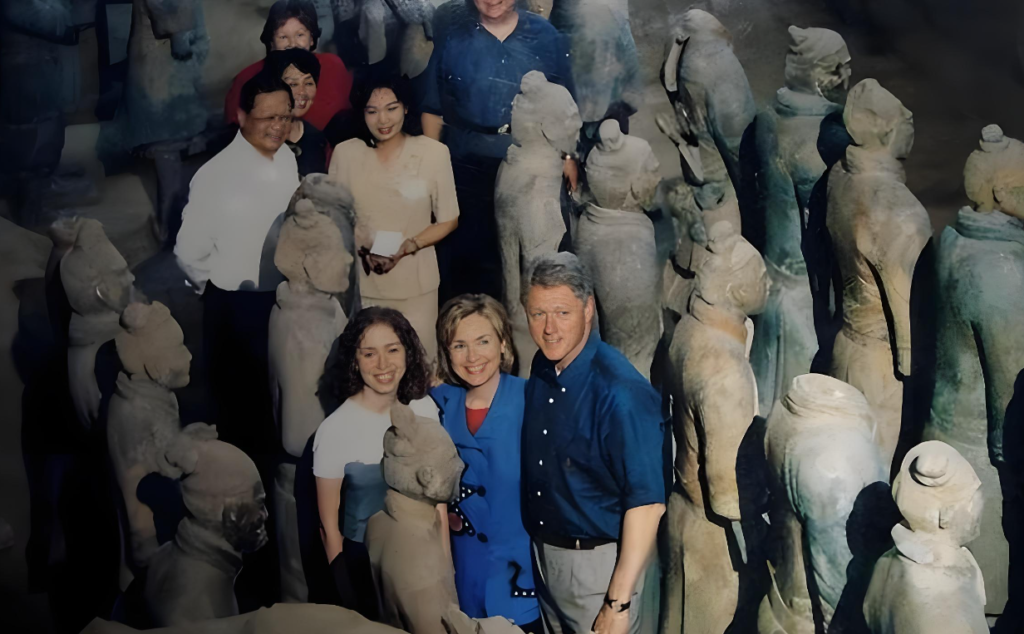
Richard Nixon: Strategic Reflection in Contemplation
As a key figure in the ice-breaking of Sino-US relations, Richard Nixon showed a very different attitude from Reagan’s when he visited as a “former president” in 1985. Confronted with the Terracotta Army, he looked grave and whispered to himself, “This reminds me of the Great Wall – they are both symbols of China’s power.” In a message, he wrote, “Every visit to China makes me realize more deeply the potential of this country.”
Nixon’s musings reflected his keen geopolitical insights. He even incorporated the wisdom of Sun Tzu’s “Art of War” into his book “The Real War”, which advocated that the United States should “win with the right, win with the strange”, and this strategic thinking and the Terracotta Warriors show the ancient military wisdom of the formation of echoes across time and space.
Bill Clinton: “Signature Request” to Rewrite the Fate of Farmers
Clinton’s visit in 1998 left a legend. He took the initiative to request a meeting with Yang Zhifa, the discoverer of the Terracotta Warriors and Horses, a farmer who had been ostracized by the villagers for digging up an “ominous object”. When the illiterate Yang Zhifa used three circles instead of a signature, Clinton humorously said, “You drew a circle on Chinese soil and discovered the wonders of the world, you should go to the United States to draw a few more!”
This meeting completely changed Yang Zhifa’s fate: the Shaanxi provincial government hired him as a calligraphy teacher and appointed him as the honorary director of the museum, with a salary of up to 8,000 yuan per month. Clinton’s “curiosity” not only made a personal legend, but also let the world see the marvelous connection between ordinary people and the wonders of history.
V. Footprints of Other Presidents and Unfinished Conversations In addition to the above presidents
George W. Bush (1994), Barack Obama (represented by his wife Michelle, 2014) and others have also visited the Terracotta Warriors. Former U.S. Secretary of State Kissinger visited five times, making him “the most obsessed American dignitary”. During these visits, some people marveled at the craftsmanship of the terracotta warriors, some pondered the connection between history and the future, and some bridged the cultural gap through humor.
It is worth mentioning that the Terracotta Warriors have also suffered the pain of cultural collision: in 2017, an American youth broke the thumb of a terracotta figurine, triggering a profound discussion on the protection of cultural relics in China and the United States. This incident inversely highlighted the vulnerability of cultural heritage and the need for transnational cooperation.
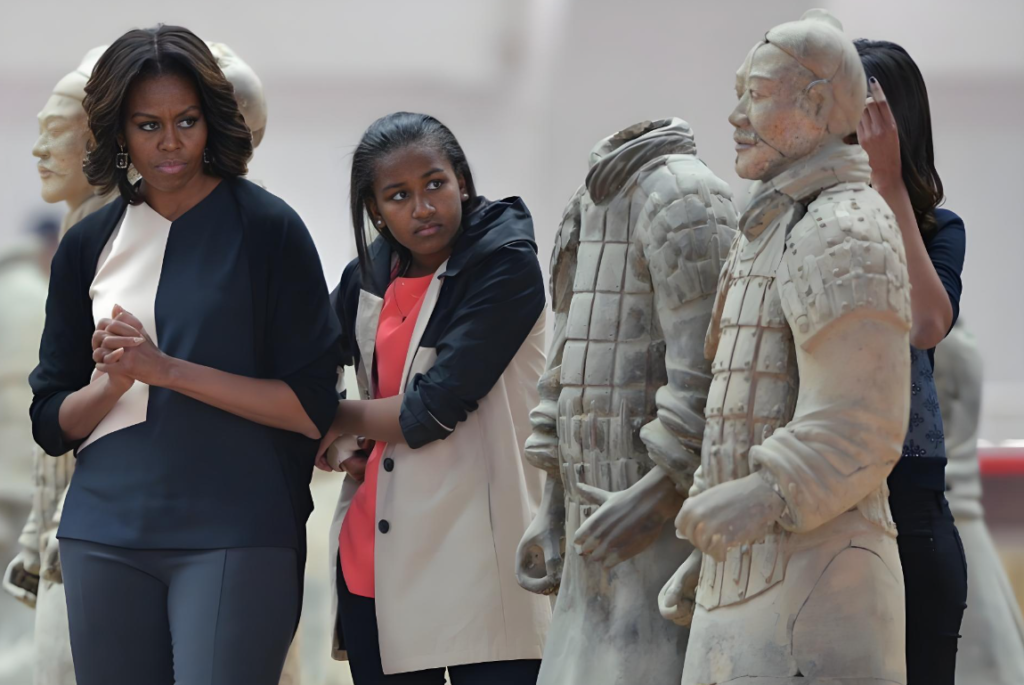
Civilizational Resonance in Terracotta Army Formations
From Carter’s detailed inquiries to Reagan’s humorous interactions, from Nixon’s strategic contemplation to Clinton’s humanistic concern, the U.S. presidents’ trips to the Terracotta Warriors and Horses have been both a personal experience and a metaphor for the relationship between nations. These stories reveal the truth that a true dialogue of civilizations requires both reverence for history and humane expression.
As Kissinger said, “A nation that has created a glorious history will be able to create a glorious future.” When U.S. leaders stand in front of the Terracotta Warriors, they see not only the terracotta legions of 2,200 years ago, but also the possibility of a dialogue between an ancient civilization and the modern world. This kind of dialog may be the starting point for crossing differences and finding consensus.


